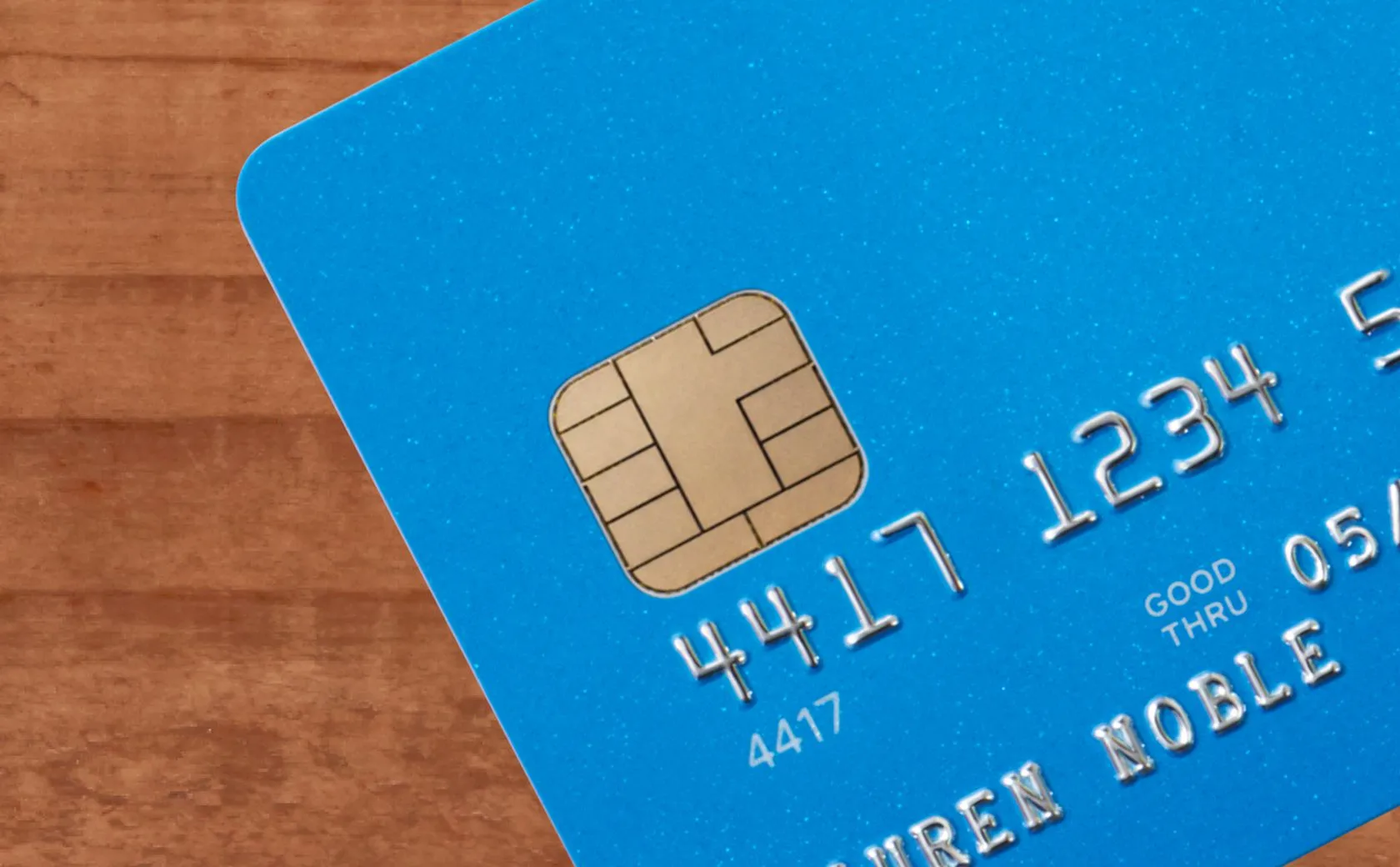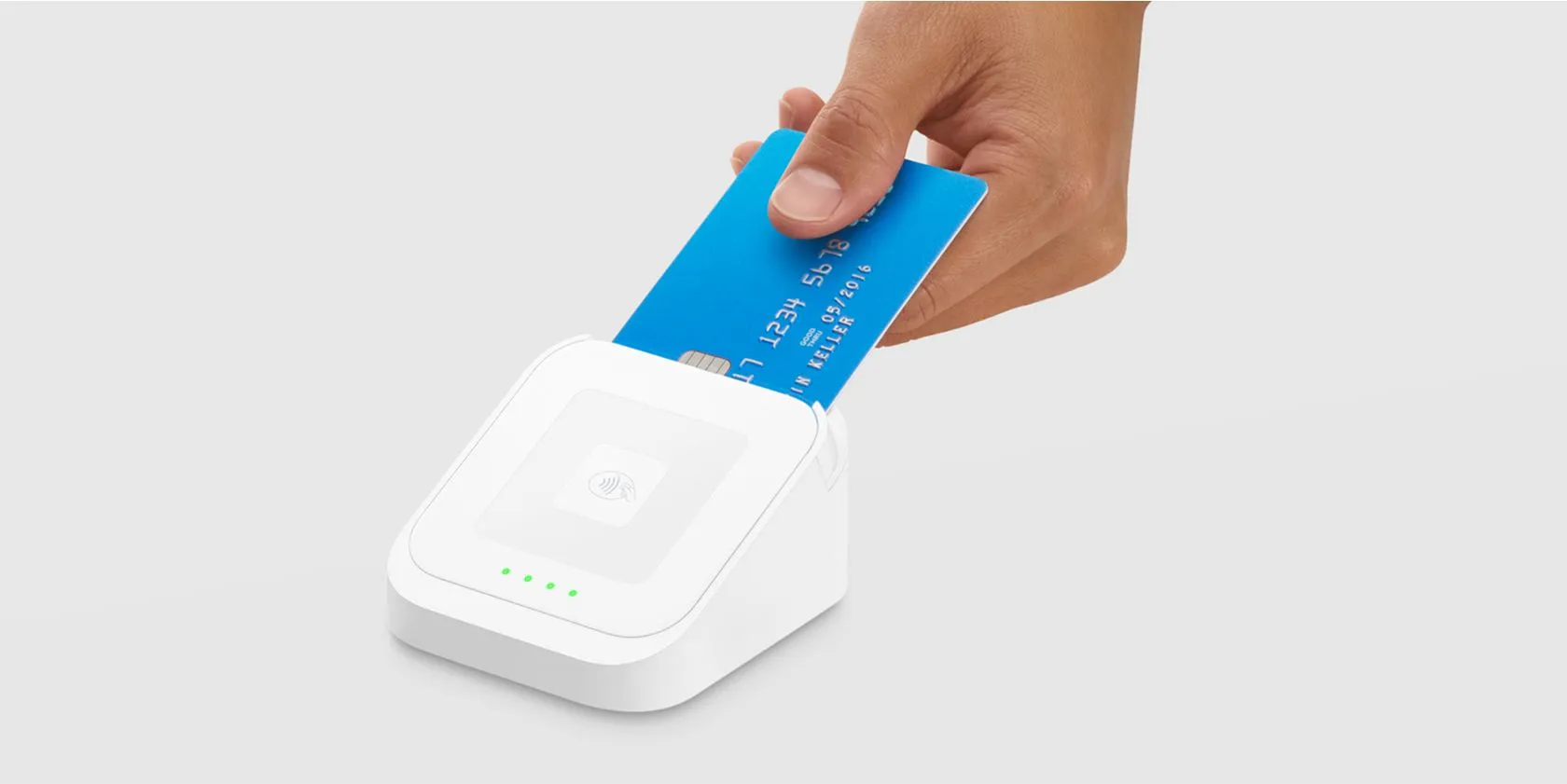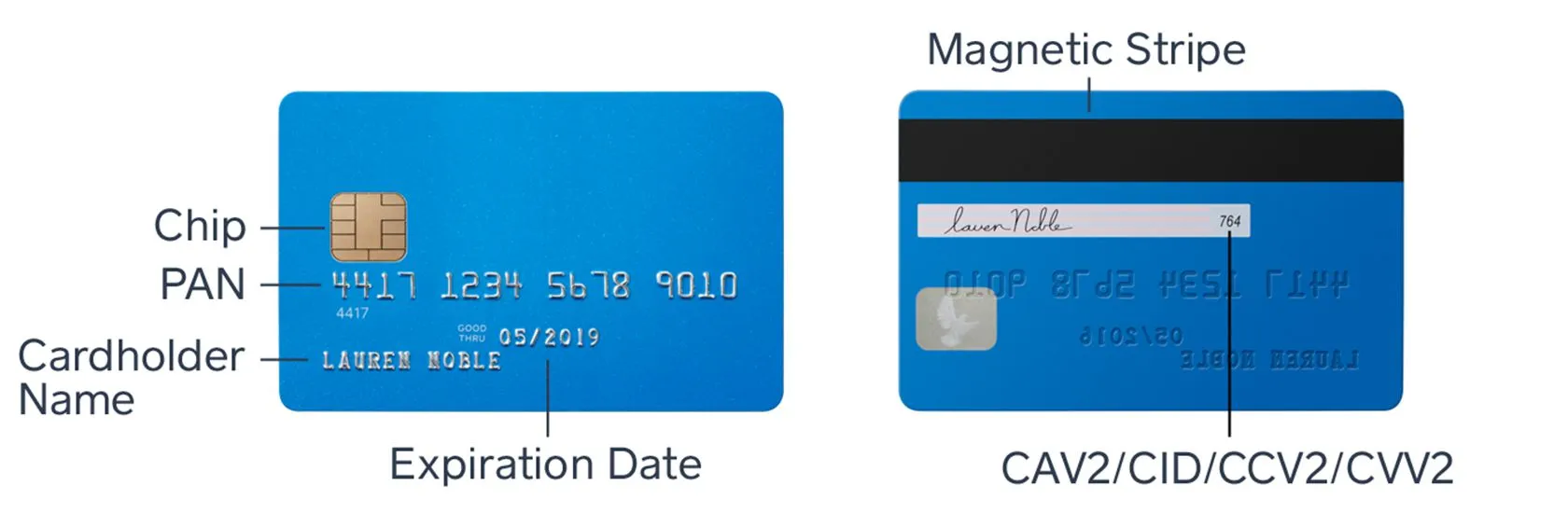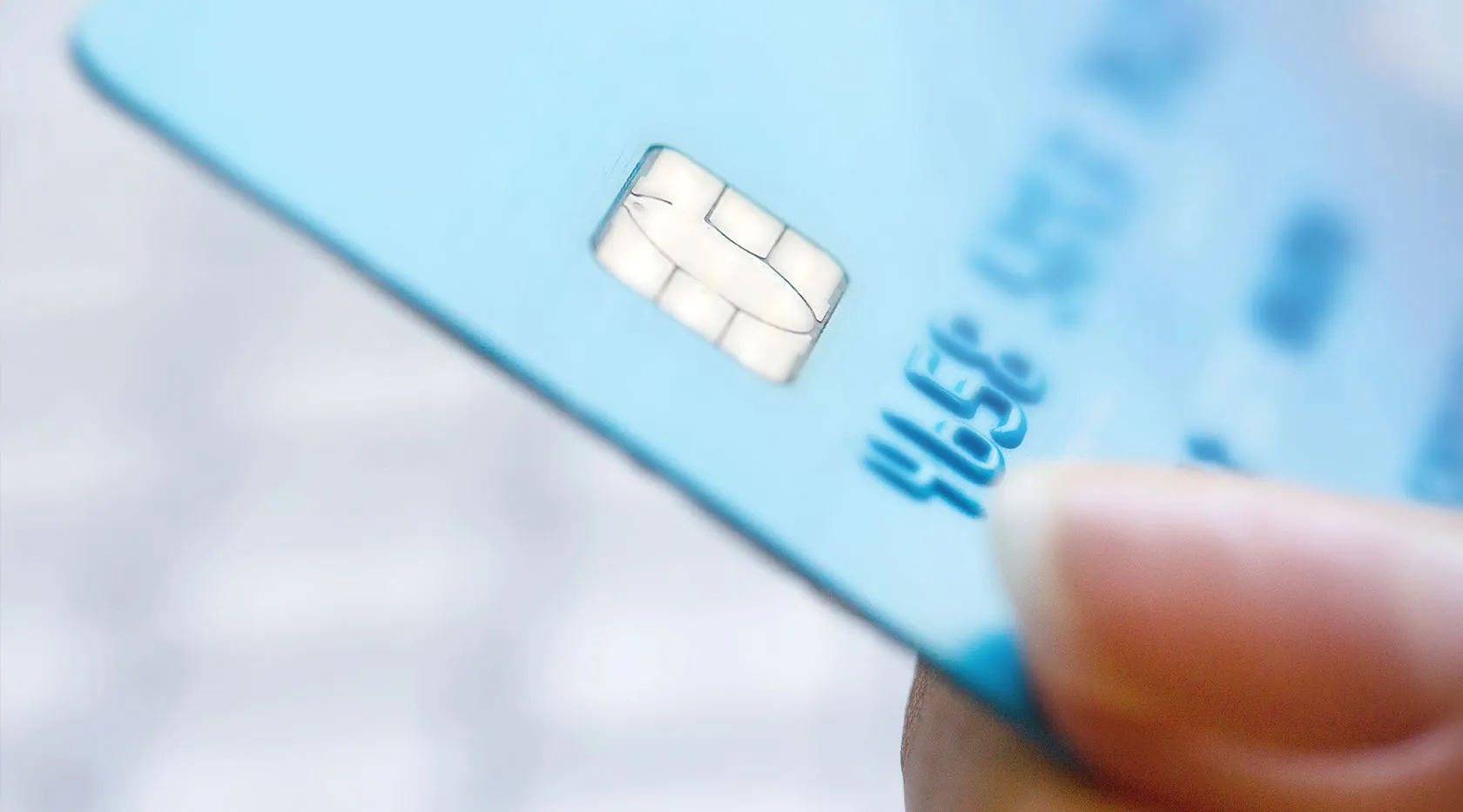Table of contents
Introduction to PCI Compliance
When it comes to a growing business, the safety and security of your and your customers’ sensitive information and data is likely top of mind—especially when it comes to payments.
New advances in commerce and payments technology are often accompanied by new rules and regulations to help ensure that both businesses and consumers are protected. Enter the Payment Card Industry Data Security Standard (PCI DSS), a standard put forth by the five largest credit card companies to help reduce costly consumer and bank data breaches.
Understanding PCI DSS compliance can feel overwhelming for business decision makers. In this guide, we break down the need-to-knows of PCI DSS compliance and walk you through the steps you need to safeguard your business and customers.
Six Frequently Asked Questions About PCI Compliance
What does PCI DSS compliance mean?
PCI DSS stands for Payment Card Industry Data Security Standard, which sets the requirements for organizations and sellers to safely and securely accept, store, process, and transmit cardholder data during credit card transaction to prevent fraud and data breaches.
Who needs PCI DSS compliance certification?
Although there is technically no such thing as “PCI certification,” sellers of all sizes, service providers, banks, and any other organizations that process credit card payments need to prove they are PCI compliant.
What are the PCI DSS compliance levels?
There are four levels of PCI compliance; each level has unique requirements for a business to validate its compliance. The level under which your business falls is based on your total transaction volume, annually.
What does it cost to be PCI DSS compliant?
The fees to become PCI compliant, and maintain that standing annually, depends on the size of your business, the level of security you already have in place and the technology you use. Any of these things may need to be addressed, upgraded or overhauled completely in order to make your business completely PCI compliant.
Am I responsible for a PCI DSS Compliance Self-Assessment Questionnaire (SAQ)?
The PCI DSS Self-Assessment Questionnaire is a checklist ranging from 19 to 87 pages, created and distributed by the PCI Security Standards Council. It’s used as a mechanism for sellers to self-validate their PCI DSS compliance. Square sellers are not responsible for this SAQ, or for self-validating, since Square’s hardware and software complies with the Payment Card Industry Data Security Standard (PCI DSS) on your behalf.
Is there a PCI noncompliance fee?
Yes, there are typically fees associated with PCI noncompliance. If your business does not comply with PCI standards, you could be at risk for data breaches, fines, card replacement costs, costly forensic audits and investigations into your business, brand damage, and more.
PCI Compliance: A Deep Dive
Understanding the history of the PCI Compliance
The Payment Card Industry Data Security Standard (PCI DSS) was born in 2006, just as the internet emerged as a necessary and valuable tool for businesses of all sizes. As the internet era started to reach maturity, companies that chose to leverage its power began bringing their payment processing systems online, connecting them wirelessly to both their physical and virtual terminals. Meanwhile, consumers grew more comfortable using credit cards to make purchases both online and off.
The historical relevance of these security standards is critical to how and why PCI compliance evolved. These new avenues of commerce exposed businesses and consumers to more and more risks – and the opportunity for fraudsters to steal credit cardholder data from insecure networks and payment systems became more prevalent.
As a response to increasing cardholder data theft, the five largest credit card brands – Visa, Mastercard, Discover, American Express, JCB – implemented the Payment Card Industry Data Security Standard (PCI DSS) to prevent costly consumer and bank data breaches. It was with the advent of this regulation, and the PCI Security Standards Council, that PCI compliance became – and still is – an important step in regulating the security of the credit card payment industry.
To help with managing PCI compliance standards, the payment brands also established the PCI Security Standards Council as an independent body, meant to “monitor threats and improve the industry’s means of dealing with them, through enhancements to PCI security standards and by the training of security professionals”.
It’s important to note, however, that the credit card companies made PCI compliance a self-regulated mandate – meaning they shifted the liability of maintaining compliance for all parts of the payment processing life cycle to sellers and organisations.
The Council is responsible for setting the standards and establishing requirements for sellers to adhere to – such as PCI-compliant applications and self-assessment questionnaires (SAQs) or checklists. But the payment brands are responsible for enforcing them among sellers and organisations that accept credit cards and deal with cardholder data.
Before we begin to explore PCI compliance standards in more depth, it’s important to note that by and large, credit cards are safe, and with contactless and chip and PIN payments being the standard, they are more secure than ever before. But even the biggest brands can still be at risk of large breaches related to credit card data.
Whether you’re an enterprise corporation or have a small side-business, you’ve probably heard the term PCI DSS. By maintaining PCI compliance, you can help defend your business against hackers who can get hold of sensitive cardholder data and use it to impersonate customers or steal their identity.
Getting to grips with the PCI compliance meaning
The Payment Card Industry Data Security Standard (PCI DSS) refers to payment security standards that ensure all sellers safely and securely accept, store, process, and transmit cardholder data (also known as your customers’ credit card information) during a credit card transaction.
Any merchant with a merchant ID that accepts payment cards must follow these PCI-compliance regulations to protect against data breaches. The requirements range from establishing data security policies for your business and employees to removing card data from your processing system and payment terminals.
“Cardholder” or payment data covers information such as the full primary account number (PAN), the cardholder’s name, and the credit card service code and expiration date. Sellers are also responsible for protecting sensitive authentication data in the magnetic-stripe data (e.g., CAV2, CVC2, CVV2, CID, PINs, PIN blocks, and more).
The credit card diagram above displays where unique and sensitive cardholder data is contained in a credit card. Organizations that collect, process, store, or transmit payment card transactions must complete and maintain the rigorous processes of verifying PCI compliance. It is important to note that entities involved with payment card transactions must never store sensitive authentication data after authorization. Do not store sensitive authentication data after authorization. This includes the 3 or 4 digit security code printed on the front or back of a card, the data stored on a card’s magnetic stripe or chip (also called “Full track data”), or personal identification numbers (PIN) entered by the cardholder.
To identify where your business might be vulnerable to an attack, it’s important to be aware of the places where sensitive cardholder data can be stolen from. For example, data can be stolen:
- Compromised card readers
- Insecure payment system databases
- Hidden cameras recording entry of authentication data
- A secret tap into your store’s wireless or wired network
- Paper stored in a filing cabinet or written notes
Therefore, it’s important to secure the entire payment life cycle, from credit card acceptance to payment processing, by protecting cardholder data where it is captured at the point of sale and as it flows into the payment system to your merchant account.
PCI standards apply to:
- Card readers
- Point-of-sale systems
- Store networks and wireless access routers
- Payment card data storage and transmission
- Payment card data stored in paper-based records
- Online payment applications and shopping carts
As you can probably guess, becoming PCI compliant and maintaining that compliance can be a complex process; it can involve implementing security controls, hiring a pricey third-party consultant to install costly software and hardware, and signing an expensive and binding contract under which you agree to the bank’s terms for annual PCI compliance, completing annual self-assessments, and more.
What is PCI-SPoC Compliance?
PCI-SPoC is a standard that applies to apps running on your devices (iPad, mobile phone) that may need to accept PINs to complete transactions. Square takes these apps through a rigorous certification process to ensure the integrity of all data that resides in the apps. There are a few steps that we ask you to keep in mind.
What are the PCI compliance levels and requirements?
If your business accepts payment cards with any of the five members of the PCI SSC credit card brands (American Express, Discover, JCB, Mastercard, and Visa), then you are required to be PCI compliant within various levels, as determined by your transaction volume.
Sixty-five percent of small businesses miss the mark on minimum compliance requirements.
Keep in mind, not all compliance reporting requirements are the same—they can differ based on your processing volume. For example, sellers with a higher volume of transactions (as described in the matrix below) are required to work with internal security assessors (ISAs), qualified security assessors (QSAs), and PCI-approved scan vendors (ASVs).
There are four different levels of compliance; these levels stipulate the requirements for which sellers are responsible. The PCI Council deems the pass mark is compliance with 100 percent of criteria. Because of this complicated responsibility, many larger companies choose to work with a PCI-compliance consultant on standards and how to meet these PCI-compliant level requirements.
Every seller falls into one of the four categories depending on their transaction volume during a 12-month period. While each credit card brand has its own slightly different criteria, generally the PCI-compliance levels are as follows*:
PCI compliance levels
| Merchant Level | Applicable to | PCI Requirements* |
|---|---|---|
| 1 | 1) Sellers that process over 6M transactions per year |
2) Any merchant that has had a data breach or attack that resulted in an account data compromise
| 3) Any merchant identified by any card association as Level 1 | Annual Report on Compliance (ROC) by a Qualified Security Assessor (QSA)—also commonly known as a Level 1 onsite assessment—or internal auditor if signed by officer of the company |
Quarterly network scan by Approved Scan Vendor (ASV)
| Attestation of Compliance form | |||
| 2 | Sellers that process 1M to 6M transactions per year | Complete the PCI DSS Self-Assessment Questionnaire according to the instructions it contains |
Complete and obtain evidence of a passing vulnerability scan with a PCI SSC Approved Scanning Vendor (ASV)
Complete the relevant Attestation of Compliance in its entirety (located in the SAQ tool)
| Submit the SAQ, evidence of a passing scan (if applicable), and the Attestation of Compliance, along with any other requested documentation, to your acquirer | |||
| 3 | Sellers that process 20,000 to 1M e-commerce transactions per year | Complete the PCI DSS Self-Assessment Questionnaire according to the instructions it contains |
Complete and obtain evidence of a passing vulnerability scan with a PCI SSC Approved Scanning Vendor (ASV)
Complete the relevant Attestation of Compliance in its entirety (located in the SAQ tool)
| Submit the SAQ, evidence of a passing scan (if applicable), and the Attestation of Compliance, along with any other requested documentation, to your acquirer | |||
| 4 | Sellers that process fewer than 20,000 e-commerce transactions and all other sellers that process up to 1M transactions per year | Complete the PCI DSS Self-Assessment Questionnaire according to the instructions it contains. |
Complete and obtain evidence of a passing vulnerability scan with a PCI SSC Approved Scanning Vendor (ASV)
Complete the relevant Attestation of Compliance in its entirety (located in the SAQ tool)
| Submit the SAQ, evidence of a passing scan (if applicable), and the Attestation of Compliance, along with any other requested documentation, to your acquirer |
*Each of the five payment brands has its own data security programs that require merchants to safeguard credit card processing data. Here’s a helpful example of American Express’s PCI DSS requirements.
PCI Compliance Changes for 2021-22
A new version of the Payment Card Industry Data Security Standard will start to impact businesses from the end of 2021. PCI DSS v4.0 will aim to encourage firms to focus on the protection of cardholder data as a continuous process.
Authentication, encryption, monitoring and testing of critical controls are among the key areas likely to see changes. Further information is available from the [PCI Security Standards
What are the consequences for noncompliance?
If you don’t know the rules around PCI compliance or the consequences for being noncompliant, you’re not alone.
While PCI compliance is not a law, that doesn’t mean being out of compliance isn’t a big deal. Some 39% of companies and 26% of charities had faced cyber security breaches or attacks in the previous year, according to government data released in March 2021. So, it’s more important than ever that your payment processing life cycle is secure.
Penalties for noncompliance are not highly publicised, but they can be destructive for businesses. Fines can add up to $5,000 to $100,000 (£3,600 to £72,500) a month for acquiring banks. Banks often pass this cost along to the merchant and can terminate contracts or increase fees for transactions.
Aside from the financial cost, there are also other potential liabilities that could affect your business. According to the PCI Security Standards Council, failing to meet PCI compliance rules and data breaches could result in:
- Lost confidence, so customers go to other merchants
- Diminished sales
- Cost of reissuing new payment cards
- Fraud losses
- Higher subsequent costs of compliance
- Legal costs, settlements, and judgments
- Fines and penalties
- Termination of ability to accept payment cards
- Lost jobs (CISO, CIO, CEO, and dependent professional positions)
- Going out of business
What does it cost to be PCI compliant?
Becoming and maintaining a PCI-compliant business can be costly, depending on the type and size of your company and the compliance level to which you are held.
By level, the costs typically range from:
Level 4: £60 per month and up
Your cost includes an Approved Scanning Vendor (ASV), who should complete a regular network or website scan, and completion of a Self-Assessment Questionnaire (SAQ) and Attestation of Compliance by you or your staff.
Level 3: £1000 a year and up
Your costs include regular scans by ASVs and increase based on the size of your computer network and number of IP addresses, plus the cost of completing the annual Self-Assessment Questionnaire and Attestation of Compliance.
Level 2: £8,000 to £40,000 a year
Your costs include regular scans by ASVs and increase based on the size of your computer network and number of IP addresses, plus the cost of completing the annual Self-Assessment Questionnaire and Attestation of Compliance.
Level 1: £50,000 and up
Your costs include a regular network scan by an Approved Scanning Vendor, an annual Report on Compliance by a Qualified Security Assessor, and an Attestation of Compliance.
Watch out for predatory service providers that charge expensive fees but only satisfy a portion of your PCI requirements.
Square takes care of PCI compliance for your business
Square complies with the Payment Card Industry Data Security Standard (PCI DSS) on your behalf so you do not need to individually validate your state of compliance.
Fast & Bespoke Payment Solutions
- Our hardware/readers have end-to-end encryption out of the box with no configuration required and at no additional cost—without monthly fees or annual assessment requirements. We maintain PCI compliant software at no additional cost to you, with no monthly contracts or long-term commitments. Providing you use Square for all storage, processing, and transmission of your customers’ card data, you don’t need to take any steps to become PCI compliant when using Square, and you don’t need to pay any PCI-compliance fees. In a nutshell, it means your company’s PCI compliance is taken care of, whichever Square product you go for. Choose the Square Reader, a handheld device that helps you take chip and PIN, contactless and mobile payments seamlessly. Or try the Square Terminal or Register, to start printing receipts and making the most of our integrated, innovative point-of-sale system. They can solve any PCI DSS headaches in one fell swoop.
- Square is the merchant of record for every transaction. We deal with the banks on your behalf and take care of PCI compliance, regulation, and processing. We advocate on your behalf to make sure that simple errors, honest mistakes, and disputes are resolved equitably.
- Square’s technical approach to security is also designed to protect both you and your customers. We adhere to industry-leading PCI standards to manage our network, secure our web and client applications, and set policies across our organization. Square’s integrated payment system provides end-to-end encryption for every transaction at the point of swipe and tokenizes data once it reaches our servers. Plus, we monitor every transaction from point of acceptance to payment, continuously innovate in fraud prevention, and protect your data like our business depends on it—because it does.
What is PCI-SPoC Compliance?
PCI-SPoC is a standard that applies to apps running on your devices (iPad, mobile phone) that may need to accept PINs to complete transactions. Square takes these apps through a rigorous certification process to ensure the integrity of all data that ever resides in the apps. There are a few steps that we ask you to keep in mind.
![]()


















